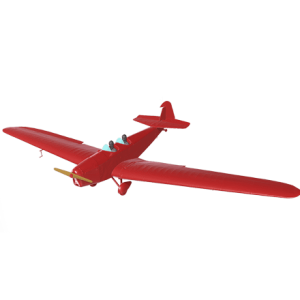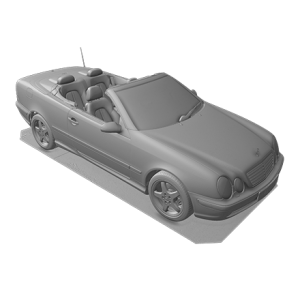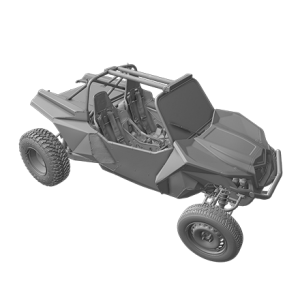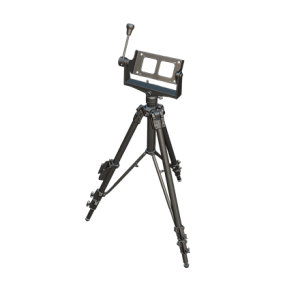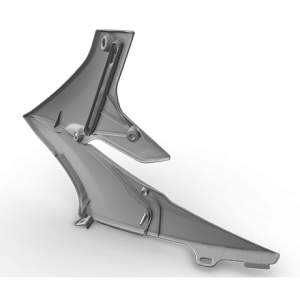Description
At first glance, this plain-looking crankshaft seems like fair game for most 3D scanners. But on closer inspection, there are many pitfalls to trip up even the best of them. The crankshaft is the rotating вАЮbackboneвАЬ, if you will, of the internal combustion engine. This means that the parts where the rotating shaft is coupled to the pistons are constantly being polished by friction. So the main bearing journals, for instance, are considerably shiny surfaces. There are also some very tricky areas like the oil passageways вАФ the small holes along the body of the shaft.
Looking at the camshaft end (the pointy bit), you’ll see that a higher level of detail is required to accurately capture the cogs of the camshaft drive sprocket and the light threads around the crank nose.
For situations like this, being able to seamlessly integrate the capabilities of two different scanners massively simplifies the task. To exploit the flexibility that Artec’s suite of 3D solutions offers, we drew from the strengths of two incredibly powerful handheld scanners. We used Artec Space Spider’s exceptionally high resolution and Artec Leo’s large field of view & high scanning speed to create a remarkably precise model from the combined raw data.
Artec Leo’s 3D reconstruction rate of up to 80 frames per second makes it one of the fastest professional handheld 3D scanners on the market. In just a few sweeps, Leo produced incredibly clean scans of the object’s surfaces, including the hard-to-reach ones like the little oil passageways.
For the camshaft end, Artec Space Spider’s 0.05 mm accuracy and 0.1 mm resolution made light work of capturing the part. There were some shiny areas in the region right next to the drive sprocket, but this structured-light 3D scanner treats reflective surfaces like any other and was able to capture them with no fuss.


